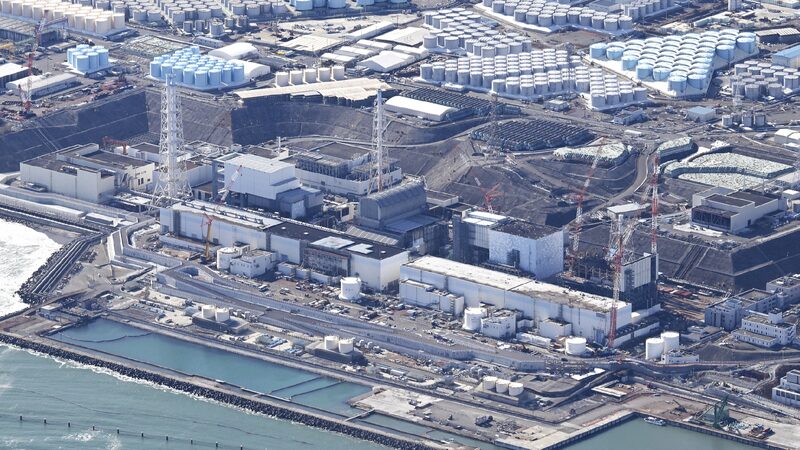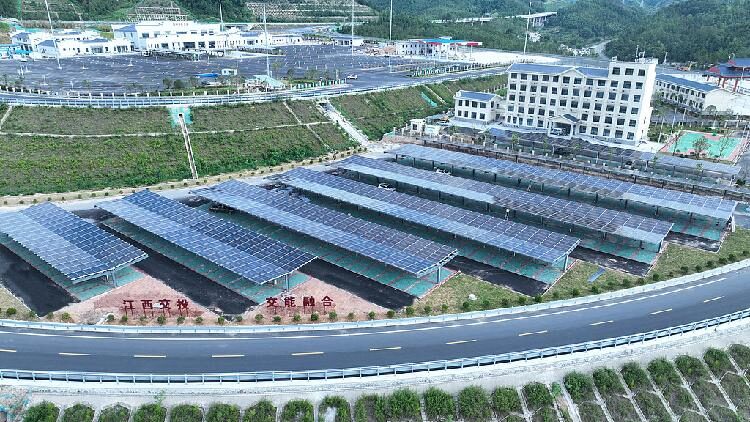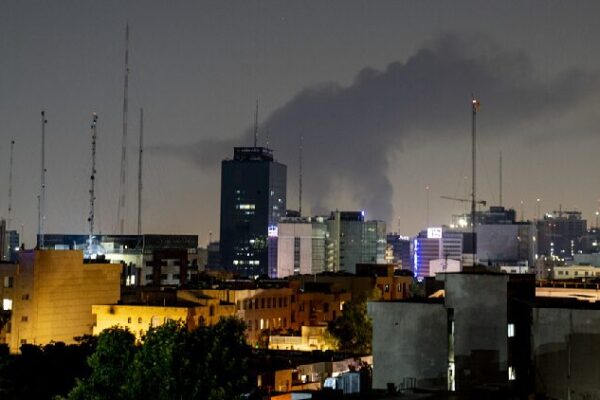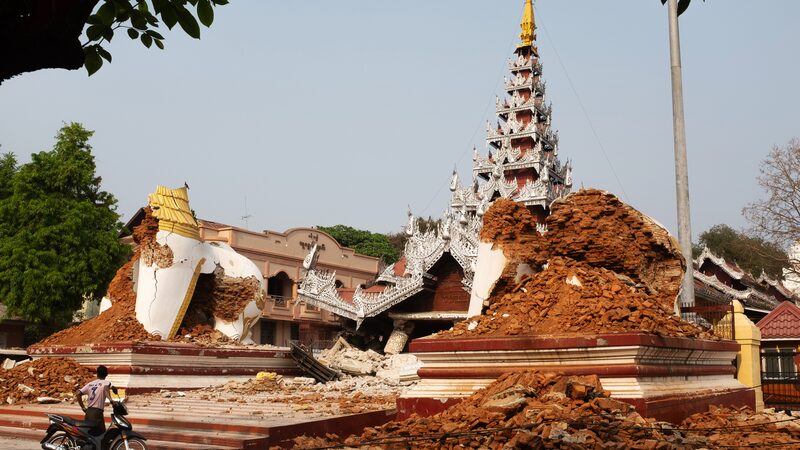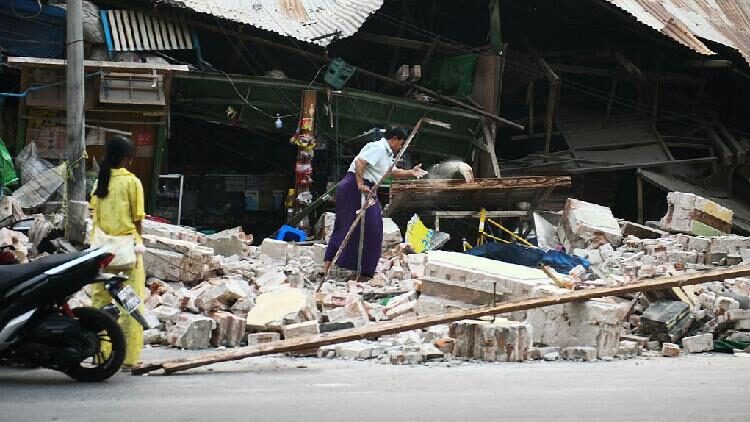The head of the United Nations nuclear watchdog, Rafael Grossi, is set to make his first visit to Fukushima this week to inspect storage facilities housing vast amounts of radioactive soil. This soil, a remnant of the 2011 nuclear disaster, poses a significant challenge for Japan as the government grapples with how to safely dispose of it.
In the aftermath of the devastating earthquake and tsunami that struck Japan in 2011, the Fukushima Daiichi nuclear plant suffered a meltdown, marking the worst nuclear disaster since Chernobyl. As part of the massive cleanup efforts, approximately 13 million cubic meters of contaminated soil and 300,000 cubic meters of ash from incinerated organic material were collected from the surrounding region. To put that into perspective, that’s enough to fill ten baseball stadiums.
Japan plans to recycle about 75% of this soil, specifically the portions with lower levels of radioactivity. If deemed safe, authorities intend to use it for construction projects like building roads and railway embankments. The remaining soil, however, still presents a dilemma. The government aims to dispose of it outside the Fukushima region by 2045 but has yet to finalize a disposal site.
Grossi’s visit includes a tour of the Fukushima Daiichi plant and the contaminated soil storage sites. His inspection comes after the International Atomic Energy Agency (IAEA) published its final report in September, stating that Japan’s approach to recycling and disposing of the soil aligns with UN safety standards.
Local officials, including Fukushima’s regional governor, are urging the central government to expedite the decision on a disposal site. The delay has left residents and environmental groups anxious about the potential risks and the future of the region.
As the world watches, Grossi’s visit underscores the ongoing challenges of nuclear disaster recovery and the importance of international cooperation in addressing environmental crises.
Reference(s):
cgtn.com
